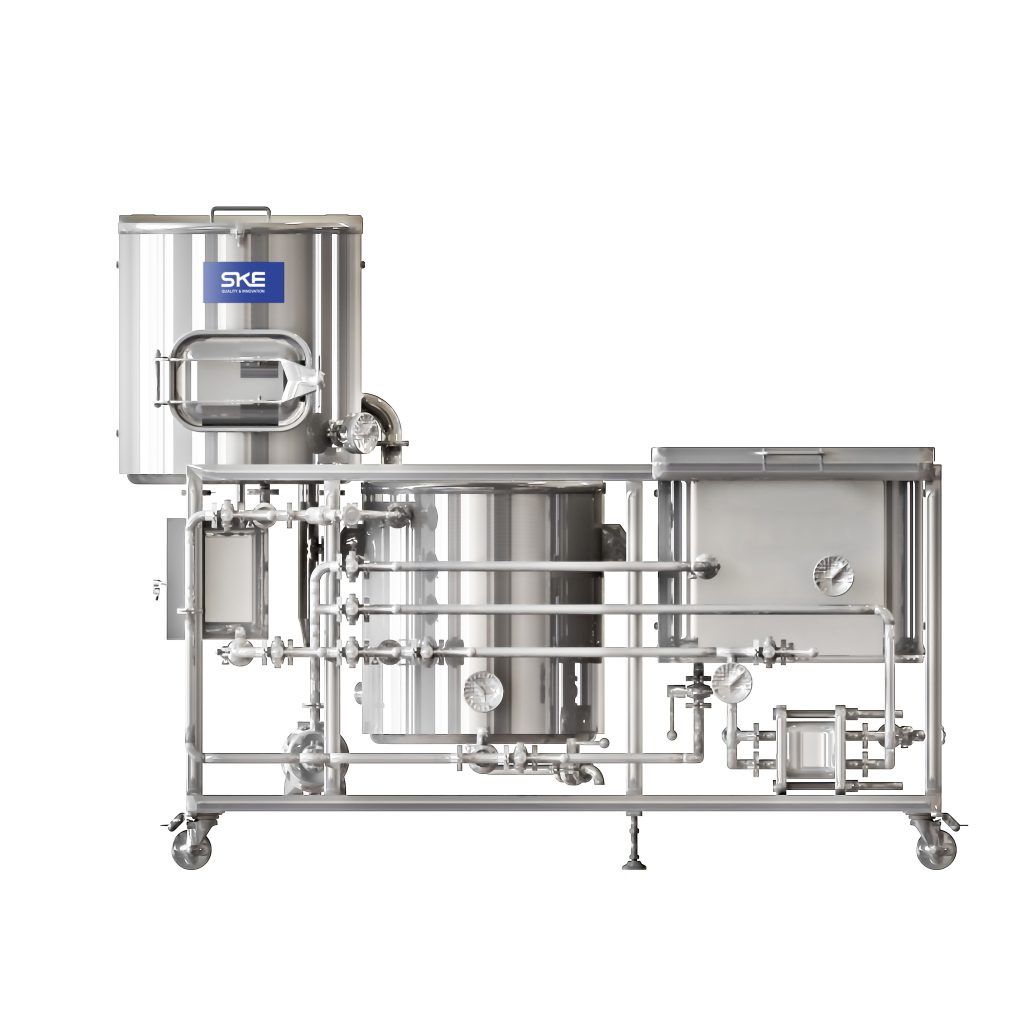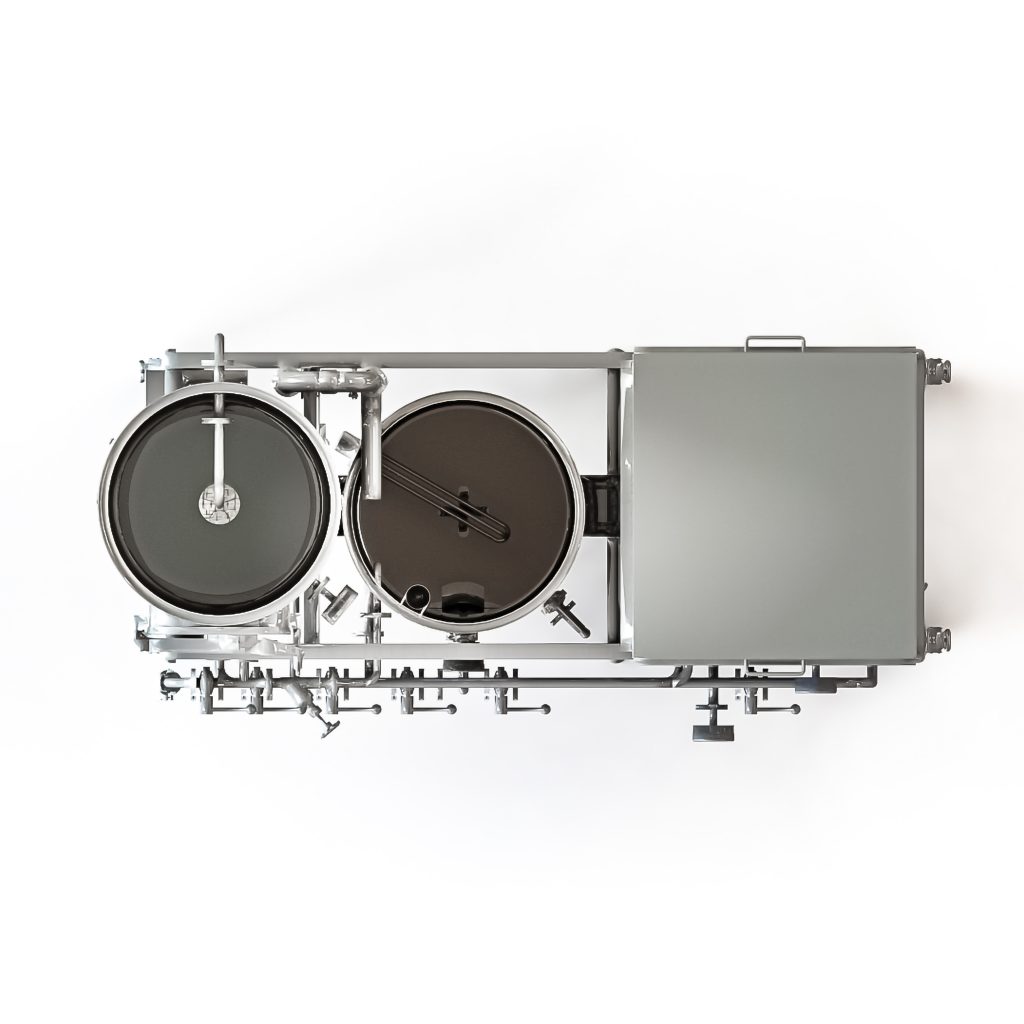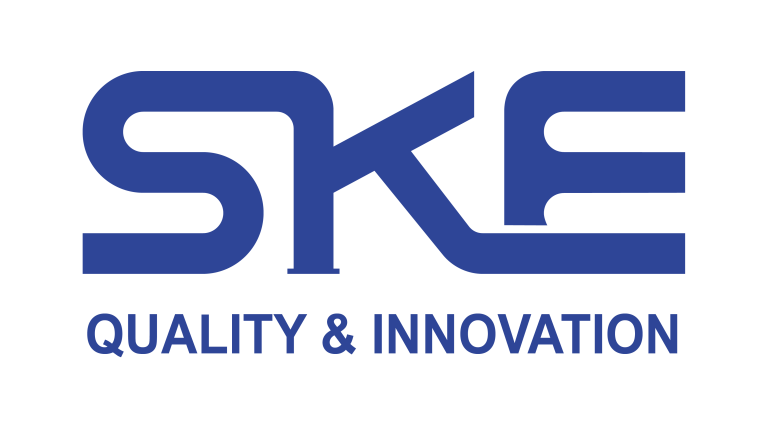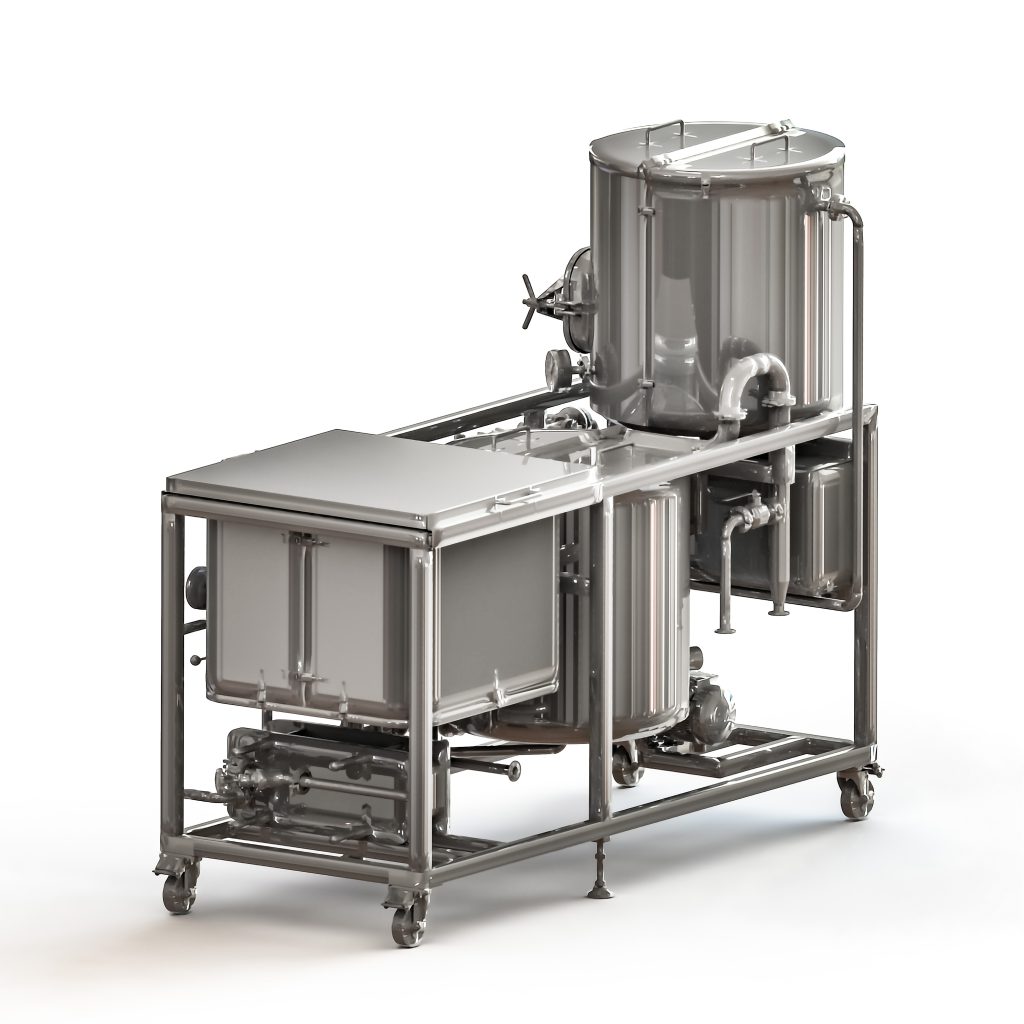Introduction

Welcome, fellow beer enthusiasts! If you’re looking to elevate your beer experience while saving money, diving into the world of home brew systems is the perfect solution. Brewing your own beer allows you to customize flavors, experiment with recipes, and enjoy a fresh, handcrafted beverage whenever you desire. This guide will explore the essential home brew systems and components you need to start your brewing journey, ensuring you create delicious beer while keeping your wallet happy.
Why Invest in Quality Home Brew Systems?
Investing in quality home brew systems offers numerous benefits. Firstly, it provides greater control over the brewing process, allowing you to fine-tune every aspect from ingredient selection to fermentation. Secondly, it’s a cost-effective alternative to purchasing commercially brewed beer, especially for frequent drinkers. Lastly, it fosters a rewarding hobby that combines creativity, science, and the joy of crafting something unique.
Essential Components of Home Brew Systems
To begin your home brewing adventure, you’ll need several key components. These include:
The Brewing Kettle: The Heart of Your Home Brew System
The brewing kettle is where the magic happens. A good kettle should be large enough to accommodate your batch size, typically ranging from 5 to 10 gallons. Stainless steel is the preferred material due to its durability and ease of cleaning. Look for features like volume markings and a ball valve for easy draining.
Fermenters: Where the Magic Continues in Home Brew System
Fermenters are crucial for converting sugars into alcohol. Options include plastic buckets or glass carboys. Plastic is more affordable, while glass is easier to sanitize. Ensure your fermenter has an airlock to allow CO2 to escape while preventing contaminants from entering.
Home Brew Systems’ Temperature Control: Maintaining Optimal Fermentation
Temperature control is vital for successful fermentation. A consistent temperature ensures the yeast performs optimally, producing the desired flavor profile. Options include temperature controllers, heating belts, or a dedicated fermentation chamber.
Bottling Equipment: Completing Your Home Brew System
Bottling equipment includes bottles, a bottle filler, and a capper. Bottles should be sanitized to prevent contamination. A bottle filler makes the process easier and more efficient. A capper ensures a tight seal, preserving the carbonation of your beer.
Cleaning and Sanitization: Key to Quality Home Brew System
Maintaining cleanliness is paramount in home brewing. You’ll need cleaning agents like PBW (Powdered Brewery Wash) and sanitizers like Star San. Proper cleaning and sanitization prevent off-flavors and ensure a safe, enjoyable brewing experience.
Advanced Home Brew Systems: Upgrading Your Setup
As you gain experience, you might consider upgrading your home brew systems with advanced equipment. This could include:
All-Grain Systems: Taking Your Home Brew Systems to the Next Level
All-grain brewing provides greater control over the brewing process. It involves mashing grains to extract sugars, which are then fermented. This method allows for more complex flavors and greater recipe customization.
Kegging Systems: Streamlining Your Home Brew Systems
Kegging systems offer a convenient alternative to bottling. They involve transferring beer into a keg and using CO2 to dispense it. This method saves time and reduces waste.
Automated Brewing Systems: Modernizing Home Brew Systems
Automated brewing systems, such as those that are electric, streamline the brewing process. They often include features like programmable temperature control and automated mashing, making brewing easier and more consistent.
Home Brew Systems: Must-Have Accessories
Beyond the core equipment, several accessories can enhance your brewing experience:
Hydrometers: Measuring Sugar Content in Home Brew Systems
Hydrometers measure the specific gravity of your wort, indicating the sugar content. This helps you track the progress of fermentation and calculate the alcohol content of your beer.
Wort Chillers: Efficient Cooling for Home Brew Systems
Wort chillers rapidly cool the wort after boiling, preventing unwanted flavors from developing. Immersion chillers and counterflow chillers are common options.
pH Meters: Precision Control in Home Brew Systems
pH meters measure the acidity of your wort, which affects enzyme activity and yeast performance. Maintaining the correct pH ensures optimal fermentation and flavor.
Home Brew Systems and Ingredient Selection
Selecting high-quality ingredients is crucial for producing great beer. Consider using fresh grains, hops, and yeast. Experiment with different varieties to discover your favorite flavor profiles.
Table of Home Brew Systems Equipment
Here’s a table outlining essential home brewing equipment and their functions:
| Equipment | Function |
|---|---|
| Brewing Kettle | Boiling wort and extracting sugars from grains. |
| Fermenter | Converting sugars into alcohol through yeast fermentation. |
| Airlock | Allowing CO2 to escape while preventing contaminants from entering the fermenter. |
| Bottling Equipment | Transferring beer into bottles and sealing them. |
| Hydrometer | Measuring the specific gravity of wort to track fermentation and alcohol content. |
| Wort Chiller | Rapidly cooling wort after boiling to prevent off-flavors. |
| pH Meter | Measuring the acidity of wort for optimal enzyme activity and yeast performance. |
| Cleaning Agents | Removing residues and preventing contamination. |
| Sanitizers | Killing microorganisms to ensure a safe brewing environment. |
| Temperature controller | Maintains the desireable fermentation temperature. |
Troubleshooting Common Home Brew Systems Issues

Even experienced brewers encounter issues. Here are some common problems and solutions:
Off-Flavors: Identifying and Correcting Issues in Home Brew Systems
Off-flavors can result from various factors, including contamination, improper fermentation, or poor ingredient quality. Identify the source and take corrective measures.
Inconsistent Carbonation: Ensuring Perfect Home Brew Systems Results
Inconsistent carbonation can be caused by insufficient priming sugar, improper sealing, or temperature fluctuations. Ensure accurate measurements and proper sealing techniques.
Stuck Fermentation: Resolving Stalls in Home Brew Systems
Stuck fermentation occurs when the yeast stops converting sugars into alcohol. This can be caused by temperature fluctuations, insufficient yeast, or high alcohol content.
Conclusion
Investing in quality home brew systems allows you to craft delicious, personalized beer while saving money. Whether you’re a beginner or an experienced brewer, the right equipment can elevate your brewing experience. Start your journey today and enjoy the rewarding process of brewing your own beer. Don’t wait, get your hands on the best home brew systems and start crafting the beer of your dreams today!
FAQ
Q: How long does it take to brew a batch of beer?
A: The brewing process typically takes 4 to 6 weeks, including fermentation and conditioning.
Q: Is home brewing legal?
A: Home brewing is legal in many countries, but regulations vary. Check your local laws before starting.
Q: How do I clean and sanitize my equipment?
A: Use a cleaning agent like PBW to remove residues and a sanitizer like Star San to kill microorganisms.
Q: What are some common off-flavors in home brewed beer?
A: Common off-flavors include diacetyl (buttery), DMS (cooked corn), and phenolic (medicinal).

